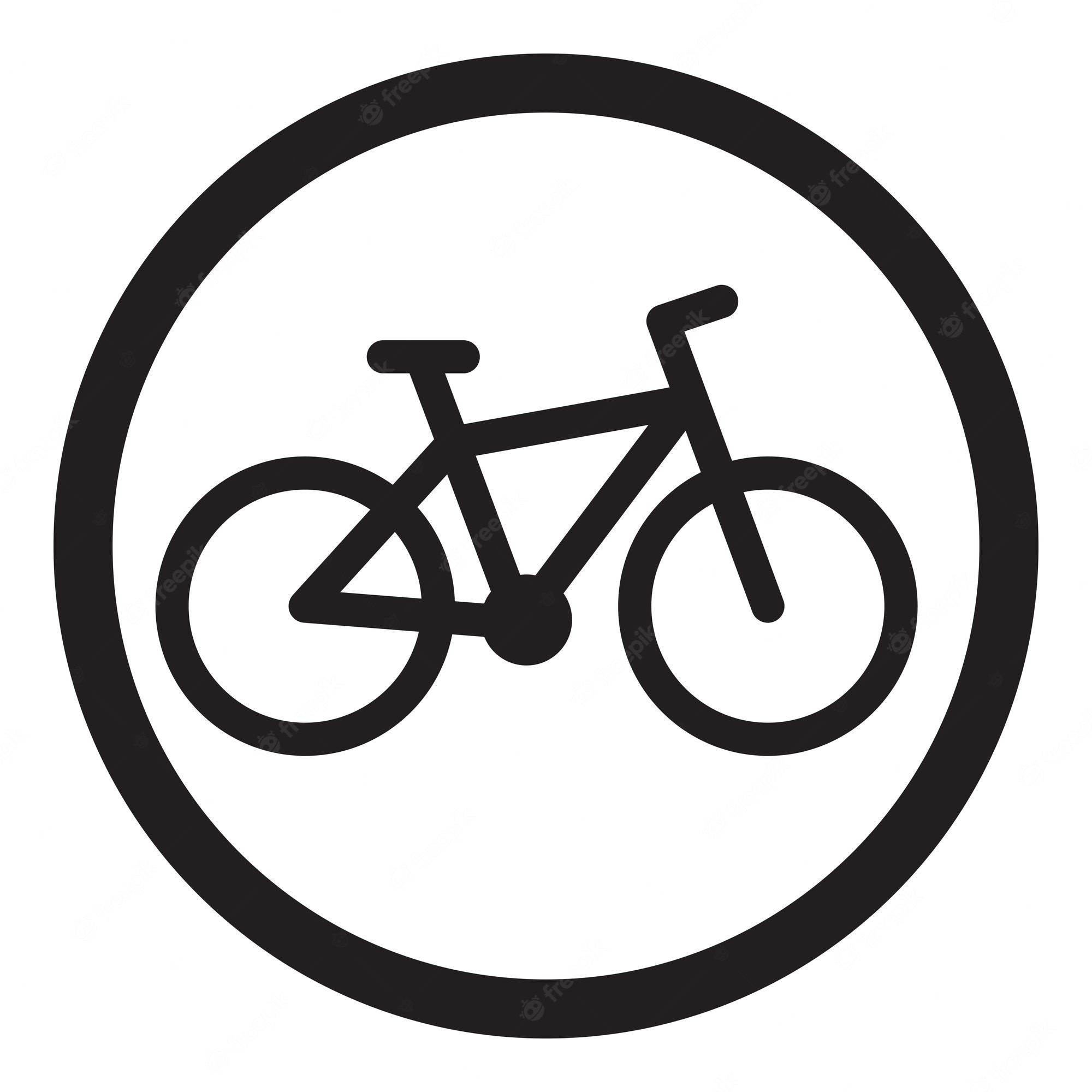The only outfit associated with a significant change in mean passing proximities was the **police/video-recording jacket. **
Notably, whilst some outfits seemed to discourage motorists from passing within 1 metre of the rider, approximately 1-2% of overtakes came within 50 cm no matter what outfit was worn. This suggests there is little riders can do, by altering their appearance, to prevent the very closest overtakes
This is quite discouraging, but it seems to ring true in my experience. I’ve had quite a few drivers, who have come close to hitting me (even while walking at a crosswalk), claim that they “didn’t see me” while I wore high-viz everything and had lights to further improve visibility.
How do we, as cyclists, even deal with “driver blindness”?



I see your point and “things will be better eventually” absolutely isn’t reassuring in the context of the risk that cyclists face daily. I used to live in a city that had the most dangerous roundabout for cyclists in my country, and the promise of future bike lanes doesn’t help people who have already been hit by vehicles on that roundabout.
When I lived in that city, I was involved in local politics and one of the big things we were pushing for were the infrastructural changes that would make things significantly safer for everyone. Often when we’d make our case for why these things were necessary, quoting stats and cases where relevant, there’d be questions like “well were they using bike lights?” or “maybe they should’ve been wearing a hi Vis vest”.
This led to the local university handing out high Vis gear during Freshers week, and anecdotally, cyclists were, on average, more visible. Didn’t affect the stats in any measurable way though. Another thing that came of this was some additional funding was allocated to the police to allow them to be stationed to watch out for, and fine people cycling without lights at night. The issue with this was that the vast majority of cyclists already had lights - it was a city with so many cyclists that in my experience, the average carefulness and responsibility of cyclists was higher than anywhere I’ve lived. I’m not necessarily opposed to ticketing people who didn’t have lights, but I was so frustrated by these measures which were effectively just the result of victim blaming. Fundamentally, an injustice is being done here, and in many cases, completely separated bike lanes is the goal.
I cross four roundabouts on my road route to work.
One is suburban and is fine, it has 50km/h traffic, and not much
One is on an 80km/h road where it crosses a 50km/h one that’s okay, has no bike lanes, but you can occupy the lane and make it safe
The next is two 80km/h roads crossing, up hill I cross at the nearby pedestrian crossing; downhill I’m going as fast as the cars so they don’t mind me occupying the lane
The last is the worst. It’s in a 70 zone and I approach it at about 50, coasting (I love recumbents!) and all the traffic is in the same direction but splitting between straight ahead and first exit, and in that direction it’s easy to keep your speed up in a car. We have a green painted bike lane across the roundabout going straight ahead (2nd exit), but we also have fast traffic turning across the painted lane for the first exit.
I don’t use the bike lane on that roundabout. I would rather slow the straight ahead traffic than be in the path of turning traffic that’s likely looking the wrong way